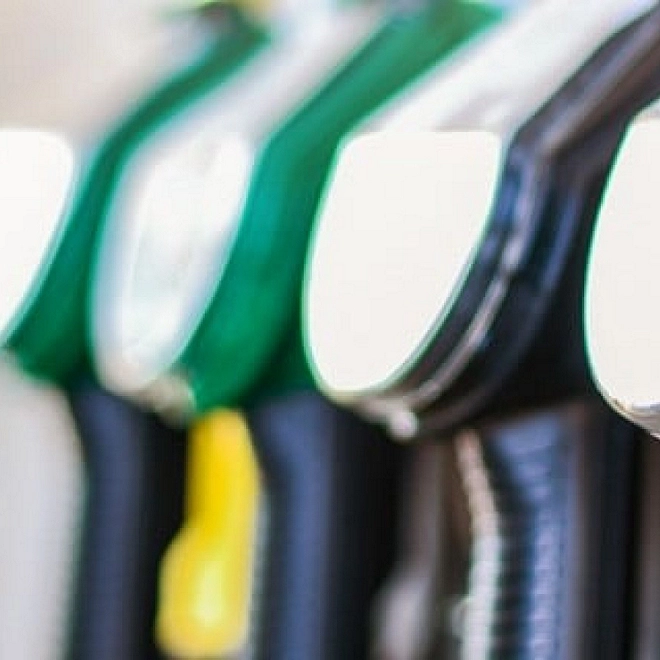For many employees, working from home meant having to set up a home office. Practically, this may have happened in one or more of the following ways:
- The employee may have taken home office equipment belonging to the employer; of
- The employee may be reimbursed for the cost of buying new office equipment which will belong to the employer; or
- The employee may be reimbursed for the cost of buying new office equipment which will belong to the employee; or
- The employee may use existing home office equipment they already own.
Employer-owned equipment
Under the first two options, where the employer owns the office equipment, no adverse tax implications should arise. Reimbursement by the employer for the cost of new office equipment can be made tax-free to the employee. GST can be claimed by the employer in the usual way provided a valid tax invoice is provided by the employee. This is because the employee has acted as an agent of the employer in incurring the cost. It is acceptable for the tax invoice to be made out in the employee’s name.
The cost to the employer will be deductible up front if the value is under the low-value asset threshold of $1,000. Incidental private use of the office equipment by the employee will not be subject to FBT provided the assets are business tools used primarily for work purposes and cost less than $5,000 including GST.
Employee-owned equipment
Reimbursement of the cost of new or existing office equipment (including telecommunications equipment) that is owned by the employee is not so straightforward. The tax treatment may vary depending on the level of work versus private use of the assets, the cost of the assets and the date they are/were acquired. Recognising that employers could face significant compliance costs in making such assessments, Determination EE004 provides some safe harbour options for employers. It is important to note that applying Determination EE004 is optional - employers can use other methods to determine the tax-free amount of payments to employees provided they are reasonable and supported with evidence.
The 'safe harbour' option allows employers to treat an amount of up to $400 paid to an employee for all furniture and/or equipment costs as exempt income. It is important to note there is an additional $400 that employers can pay as exempt income to also cover all telecommunications equipment. This essentially gives you a total of $800 if needed, provided you can show the split between the two.
No evidence is required to be kept regarding the payment, what was purchased or the expected degree of personal use of the equipment. Inland Revenue has also clarified that this is a one-off payment and does not refresh on a regular or annual basis, once you have made this payment you cannot treat any future allowance or reimbursement payment for subsequent furniture/equipment (including telecommunications equipment) made by the employee as exempt income.
Under the 'reimbursement' option, an amount paid by an employer will be either wholly or partially exempt income where it is for new or existing furniture or equipment purchased by the employee, provided it is equal to, or less than, the deduction the employee could have claimed for the depreciation loss on the asset (but for the employment limitation).
How much of this payment is exempt income under the reimbursement option will depend on the extent to which the employee uses the asset as part of their employment. If the asset is used exclusively for employment purposes, reimbursement of up to 100% of the depreciation loss of the asset (or cost if it is a low-value asset) will be exempt income of the employee. If the asset is used principally for employment purposes, only reimbursement of up to 75% of the depreciation loss or cost will be exempt income. Finally, where the asset is not principally used for employment purposes, only reimbursement of up to 25% of the depreciation loss or cost is exempt income.
Where the reimbursement option is selected, employers will need to know the cost of the asset and/or the relevant depreciation rate (depreciation rates can be found here). They will also need to determine the extent to which the asset is used for employment purposes. A written statement such as an email or expense claim from the employee will be sufficient evidence of the level of employment use.
In these scenarios, no GST should be claimed by the employer as the employee has not acted as an agent for the employer, even if the employee provides a tax invoice in support of their expense claim.




